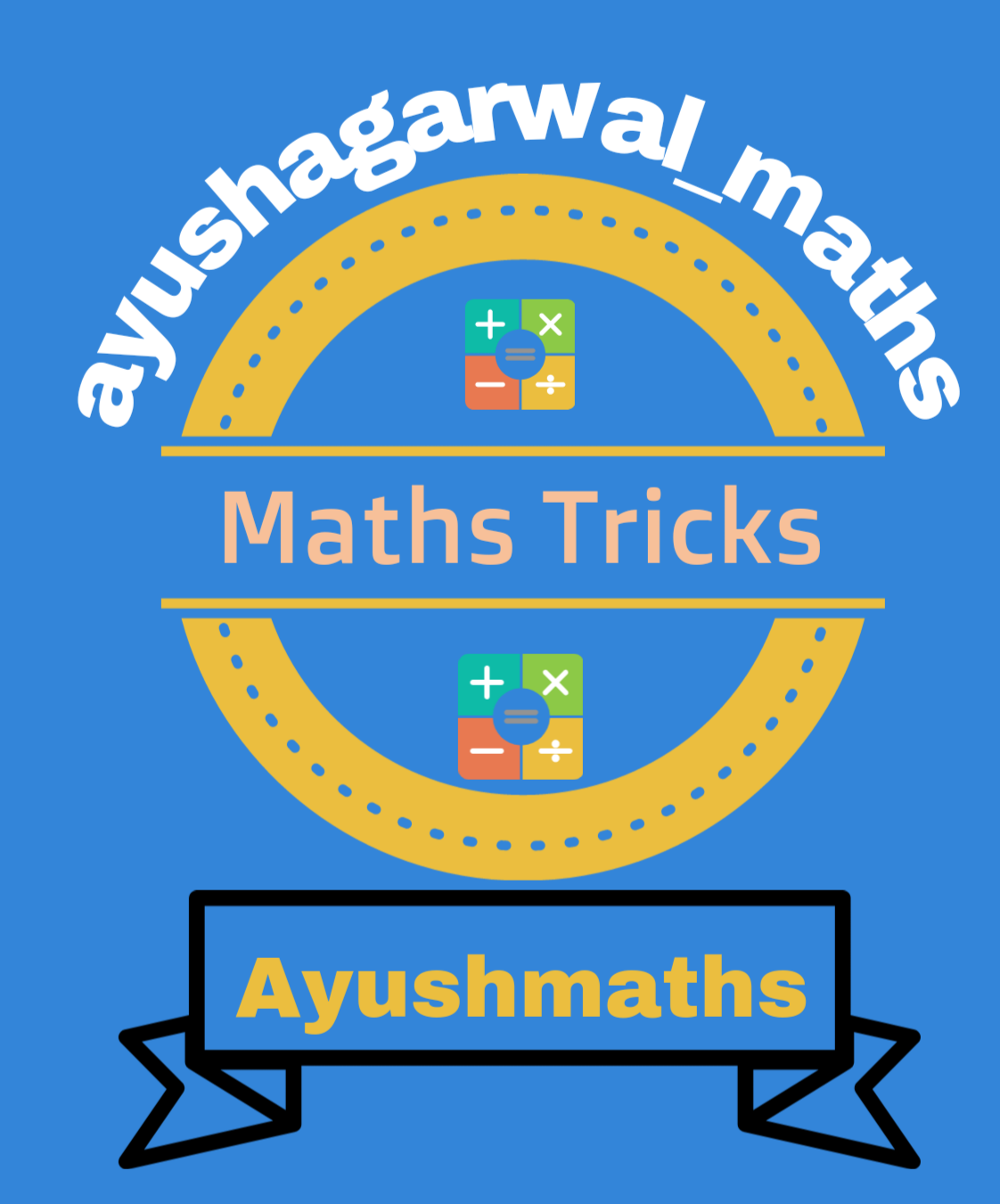Real Numbers 9th and 10th

💯👩🏫 💯👩🏫 💯👩🏫 💯👩🏫 💯👩🏫 Hello friends welcome to ayushagarwal_maths page. Are you preparing for board exams or competitive exams than you are at the right place to enhance your knowledge. REAL NUMBERS Real numbers - Real numbers are the numbers which can be obtained on the number line. Real numbers are denoted by 'R'. They includes Natural numbers, Whole numbers, Integers, Rational numbers, Irrational numbers. Natural numbers - Natural numbers are the counting and ordering numbers (excluding 0) i.e. N = { 1, 2, 3, 4, 5, .......... } Whole numbers- Whole numbere are collection of natural numbers including zero (0) i.e. W = {0, 1, 2, 3, 4, 5, ........ } Integers - Integers consist of natural numbers, their negati...














